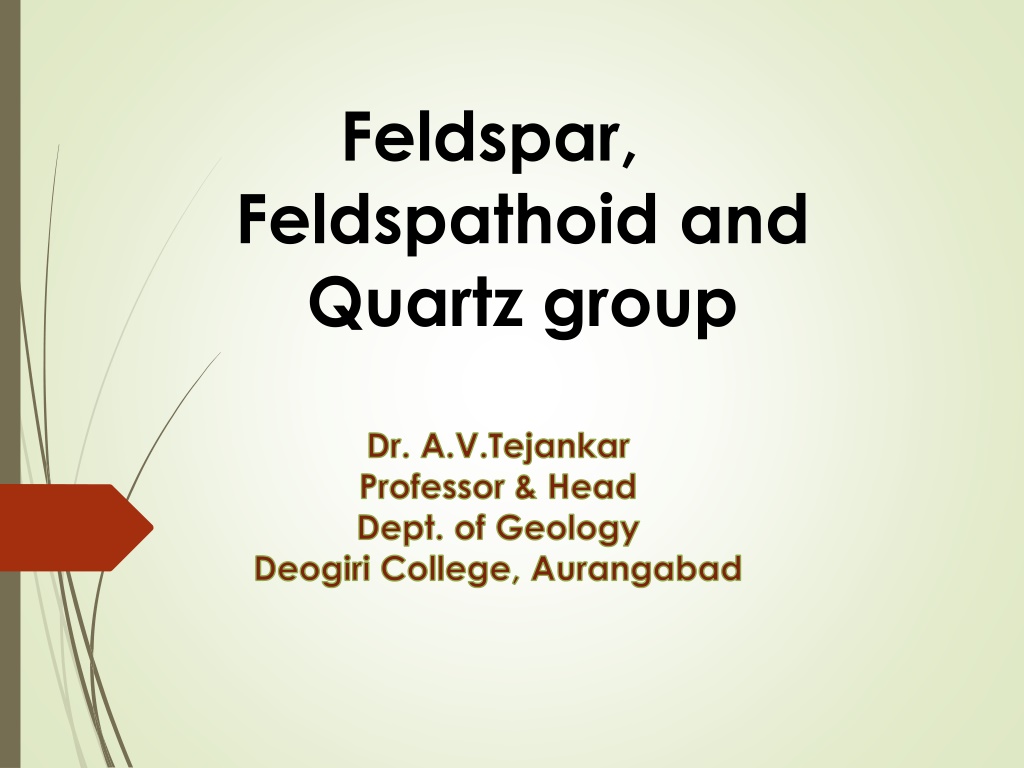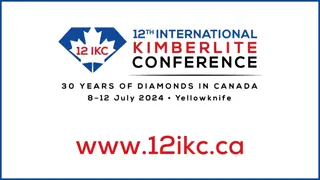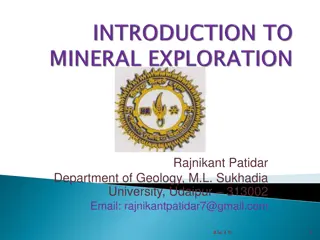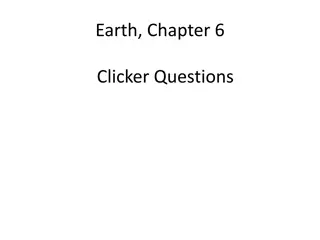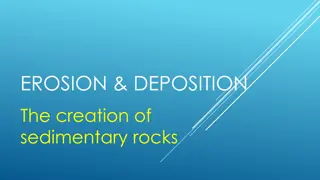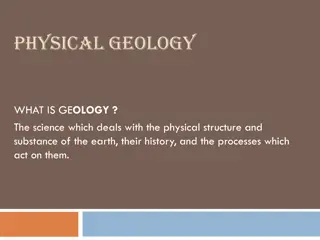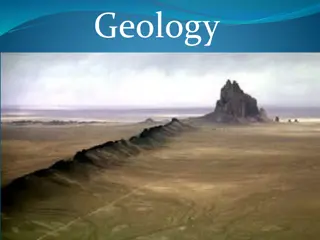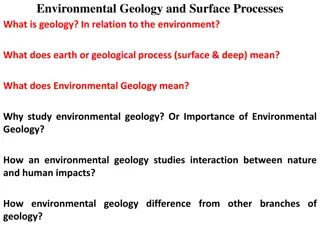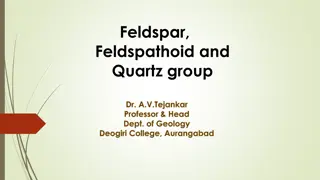Understanding Pyroxene Group in Geology: Composition and Significance
Pyroxenes are vital rock-forming minerals found in various types of igneous rocks and metamorphic conditions. They consist of linked SiO4 tetrahedra, forming structural chains with specific chemical compositions. The orthorhombic and monoclinic pyroxenes play essential roles in geology, demonstrating distinct crystal systems and properties within the inosilicate subdivision. This overview explores the classification, structural characteristics, and significance of pyroxenes in geological processes.
Download Presentation

Please find below an Image/Link to download the presentation.
The content on the website is provided AS IS for your information and personal use only. It may not be sold, licensed, or shared on other websites without obtaining consent from the author. Download presentation by click this link. If you encounter any issues during the download, it is possible that the publisher has removed the file from their server.
E N D
Presentation Transcript
Feldspar, Feldspathoid and Quartz group Dr. A.V.Tejankar Professor & Head Dept. of Geology Deogiri College, Aurangabad
Introduction Silicate structure of Pyroxenegroup Classification of Pyroxenegroup Orthorhombic Pyroxenes Monoclinic Pyroxenes Pyroxenoids Paragenesis References
3 Pyroxenes are the most important group of rockforming ferromagnesiam silicates , and occur as stable phases in every type of igneousrock. They are also found in many rocks of widely different compositions formed under the conditions of both thermal and regionalmetamorphism. The name pyroxeneis derived fromtheGreekpyro, meaning fire, and xenos, meaning "stranger", and was given by Ha y to the greenish crystals found in many lavas which he considered tohave been accidentally included there.
4 Pyroxenes have a basic structuralunit consisting of linked SiO4tetrahedra that each share 2 of their oxygens in such a way as to build long chains of SiO4. The basic structural group is thus Si2O6with. Pyroxenes have a general structuralformula XYZ2O6 where,X = Na+,Ca2+, Mn2+, Fe2+, orMg2+filling octahedral sites Y = Mn2+, Fe2+, Mg2+ , Al3+, Cr3+, or Ti4+ filling smaller octahedral sites Z= Si4+ or Al3+ in tetrahedral coordination.
6 The pyroxene group of minerals is in the INOSILICATE subdivision of the silicate structures . Inosilicates - Group of silicate minerals that have their tetrahedrons form single or multiple chains , with two oxygen atoms of each tetrahedron part of its neighbouring tetrahedron forming long thin chains .Si:O=1:3
7 Pyroxene silicate structure
8 The pyroxenes may be divided forour purpose into the groups given below ; varieties based mainly on physical characters are considered under their appropriate chemicalgroups. Orthorhombic Pyroxenes ( orthopyroxenes) Monoclinic Pyroxenes ( clinopyroxenes) I. II.
The Pyroxenes which crystallizes in orthorhombic crystal system are known asorthopyroxenes. Orthopyroxenes typically occur as fibrous or lamellar (thin- plated) green masses in igneous and metamorphic rocks and in meteorites. These minerals differ in the ratio of magnesium to iron in the crystal structure; their composition ranges from pure magnesium silicate (MgSiO3) to pure ferrous iron silicate (FeSiO3).
11 Composition Crystal system Common form - MgSiO3 Orthorhombic Prismatic crystals massive &lamellar - Two sets of cleavageplanes which intersect at90 - Grey, green, brown,yellow, Dark green -Vitreous, pearly - 6 -3.1 to3.3 - As a common constituent of igneous & metamorphicrock. -As aGemstone Cleavage Colour Lusture Hardness Specific gravity Mode ofoccurrence Uses
12 Composition Crystalsystem - MgFeSiO3 Orthorhombic Prismatic crystals are rare usually massive orfoliaceous -Three sets of cleavagein transverse section -Commonly green,olive green to greenishblack - Vitreous, pearly - 6 - 3.1 to3.3 Commonform Cleavage Colour Lusture Hardness Specificgravity Modeofoccurrence As a common constitute of volcanic igneous rock like andesite andtrachytes. Uses -As agemstone
Composition Crystal sys. Form - NaAlSi2O6 - M0n0clinc -Prismatic crystals Usuallymassive - Prismatic at90 -Shades ofGreen -Subvitreous - 6.5 7 - 3.3 3.35 Cleavage Colour Lusture Hardness Specific gra. Mode ofoccurrence - It is a rarepyroxenewhich can occur in some regional metamorphic schists, especially glaucophane. -Jadeite is anornamental stone constituting one variety ofJade. Uses 24
Composition Crystal sys. Form Cleavage - LiAlSi2O6 - M0n0clinc - Usuallymassive -Perfect in two directions with parting - white, grey, lilac, green,blue, pink - Vitreous ,Pearly - 6.5 7 -3.1-3.3 -It is a rare mineral occuring, often as large crystals, in lithium rich, acid pegmatites, where it is associated quartz ,lepidolite,beryl. -Gemstone &One ofthemost important source of lithium mineral . Colour Lusture Hardness Specific gra. Mode ofoccurrence Uses
Thank you 15
